CRYPTID: Player's Online Guidebook
Learn to play, discover solutions to confusing scenarios, and understand definitions unique to CRYPTID CCG.
Open a menu and select a page
Table of Contents
Goal and Types of Cards
Parts of a Card
Parts of a Card - Element - Name - Pyre Cost - Artwork - Rarity Skull - HP and AP - Combat Abilities - Support Abilities - Evolution - Card Type - Flavor Text - Metadata
Play Area
How to Play!
Questions and Answers
How to Play!
In this section, we will meticulously go over each step of gameplay from setup and turns, to phases and win conditions.
First, Setup the Game
Before playing a match of CRYPTID, you're going to need to set the game up properly.
-
Step 1
Check to make sure each deck has at least 10 Kindling Cryptids. Remove them from each deck into their own decks. Then, shuffle all decks.
This would amount to 4 decks total (a main deck and kindling deck for each player).
Playing with a single deck? Simply half the number of Kindling Cryptids to 5 and adjust the win condition to 5 dead Cryptids. -
Step 2
Decide who goes first. This is up to you, but we do recommend a friendly round of rock-paper-scissors.
-
Step 3
Each player draws 6 card from their main deck.
Turns and Phases
The first turn and remaining turns throughout the game are divided into phases. Let me walk you through each here.
PYRE BURN: You may initiate a Pyre Burn during any phase of any of your turns. It cannot be declared or initiated during an opponent's turn. You may only declare/initiate a Pyre Burn once per match.
-
Step 1: Draw Phase
Draw a single card from your main deck. Simultaneously, you are granted a single Pyre (this occurs every turn - you still get at least one Pyre per turn even if you don't have a Pyre card to play).
-
Step 2: Conjuring Phase 1
If any of your Crytids are resting, awaken them (Cryptids rest after attacking and are turned sideways, whereas awakened Cryptids are turned vertically - When a Cryptid is conjured to the battlefield, it is awakened by default).
If any of your Cryptids were paralyzed on your previous turn, they cannot awaken this turn. Paralysis causes your Cryptid to rest for an extra turn.
Now, conjure a Pyre card if you have one. This is technically optional.
Moving on, you may now conjure Instances and Cryptids. You may also conjure a single Kindling Cryptid from your Kindling Deck if you'd like. You may now also evolve your Cryptids if able. -
Step 3: Attack Phase
NOTE: YOU CANNOT ATTACK ON YOUR FIRST TURN OF THE MATCH.
During your Attack Phase, you cannot conjure cards unless stated by a card effect.
If you have a combatant on your battlefield that is not resting, you may declare an attack. To attack, you first declare which of your Cryptids is attacking, then declare which enemy Cryptid you are targeting. That is when the attack occurs and damage is dealt. Once damage is dealt, the attack is over and the attacking Cryptid is turned sideways to rest. Here is a clear breakdown of the order of these events:- Choose attacker.
- Choose target.
- Deal damage (effects or cards that negate damage do so during this part - If the target dies, its support falls into the Combat field during this part, as well - Damage is not done being dealt until the consequences of it have finished).
- Rest attacker.
- Choose next attacker and repeat.
You may attack with as many Cryptids as you want and are able to attack with. Attacks can only target Combatants on the enemy's battlefield UNLESS they are resting. If a Combatant is resting, you may bypass it and target its Support instead, though you may still choose to attack the Combatant instead.
Keep in mind, by attacking you are causing your Combatant to rest which leaves your own support vulnerable. Plan your attacks strategically. You do not have to attack at all during this phase. -
Step 4: Conjuring Phase 2
This is the same as Conjuring Phase 1. This phase exists to give you another chance to act based on how your Attack Phase and Conjuring Phase 1 went.
When you're finished, you now must declare that you have ended your turn. This initiates your opponent's turn.
Victory Conditions
The player who is the first to kill 10 of the enemy's Cryptids wins.
The total of dead Cryptids is equal to the amount of Cryptids in a player's mound and burn pile.
Unlike some other card games, if somehow you must draw a card and you have no cards left in your main deck to draw, this doesn't affect winning or losing. This is why the Kindling Deck exists - You will always have at least Kindling Crytids left to draw and/or play on your battlefield. If you don't, that means you already lost (because the minimum amount of Kindling Cryptids to play is always equal to the required amount of dead Cryptids to win).
